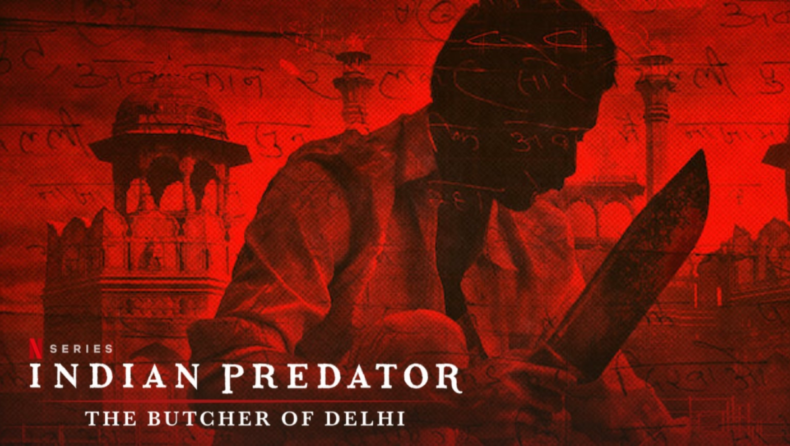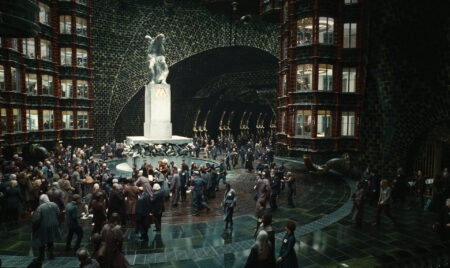Netflix’s new true-crime docuseries “Indian Predator: Butcher of Delhi” delves into the serial killings of Chandrakant Jha. The seedy underbelly of India, exposed.
Earlier this month, Netflix and VICE India released a new true-crime mini docuseries called Indian Predator: The Butcher of Delhi. It refocused and brought to the attention of the Indian public, once again, the chilling story of a series of motivated killings happening in Delhi.
Indian Predator followed the real-life story behind a serial killer who decapitated and dismembered his victims. All before leaving the bodies at important points within the national capital– Delhi. The show, three episodes long, goes through the events of those years as recounted by police officials, victims’ families, experts as well as friends of the killer.
Who committed the crimes?
The serial killer, Chandrakant Jha, as mentioned by the police officials was one of the first of his kind in the country. He was later convicted of his crimes.
Chandrakant Jha was a migrant labourer from a small village in Bihar. With the hope of securing a job and earning some money, Jha came to Delhi and took up work as a migrant labourer. However, Jha’s killings date back to much earlier. In Delhi, his first suspected killing was in 1998 however, due to a lack of evidence, the charges of that case were eventually dropped. This occurred despite him being a convicted murderer and in jail for four years.
The docuseries released in India on the 20th of July, documents the chaos, confusion and terror that errupted in Delhi that is credited to the actions of Chandrakant Jha.
When and how were the crimes committed?
It begins with the events occurring on the 20th of October, 2006. Officials recount their experiences that occurred in the very beginning of the terror. They go on to narrate the discovery of the first body outside Delhi’s Tihar jail. The authorities were alerted of this body by an ominous phone call made by Jha himself. The body was discovered decapitated, wrapped in a basket and left outside a gate of Tihar Jail.
With the body, they also discovered a note written by Jha. In the note, Jha claimed full responsibility or even credit for the murder. Filled with abuses and dissent towards Indian Police, Jha went on to assure the police that there will be more victims if they don’t catch him in time.
Following this, in April and May of 2007, Jha tortured, killed and then dismembered two other young victims. He scattered them at different locations in and around New Delhi. One more body was found at Tihar Jail, along with the note as signed by Chandrakant Jha.
Chandrakant Jha was finally identified and found in his home in Delhi. He was then arrested on the 20th of May, 2007. Jha was convicted for the murders of the three men he killed. During the following interrogation, he then went on to tell his version of the story to the police.
Jha’s version of the crime.
According to Chandrakant Jha, he would first befriend his victims on the pretext of helping them find work or places to stay. After which, he would proceed to kill his victims after petty disagreements or anything that he found morally incorrect. Jha also admitted to killing several other people and disposing of the bodies at different locations in Delhi.

What does this say about crime in India?
Finally, after being arrested, he was found guilty of the three murders that took place from 2006 to 2007. He received two death sentences and one life imprisonment until death at the hearing in February of 2013. These death sentences were then turned into life imprisonment without remission later.
The docuseries, while it goes into great detail about the events that occurred, it merely brushes over the brutality and sinister nature of them. What is most frightening is the possibility of there being a multitude of other events and crimes like these that simply go unnoticed. The Delhi Police officials go on to state that there are approximately 500 murder cases that happen in a year.
The chilling reality is that most of these cases remain cold. Most victims remain unidentified and unclaimed. Due to the lack of a DNA database in India, solving any kind of murders is close to impossible.
Chandrakant Jha is possibly just one of many more Indian predators.













